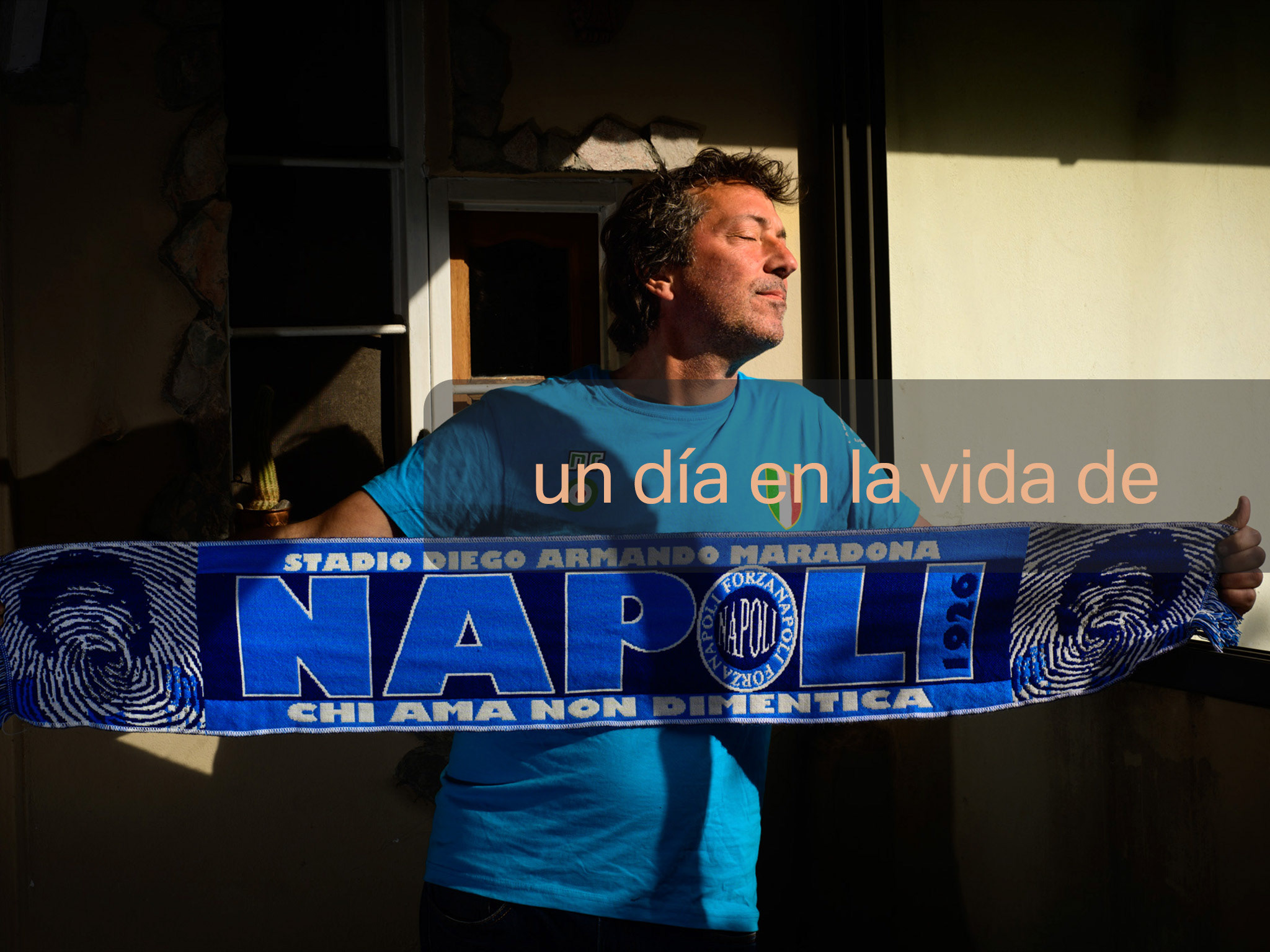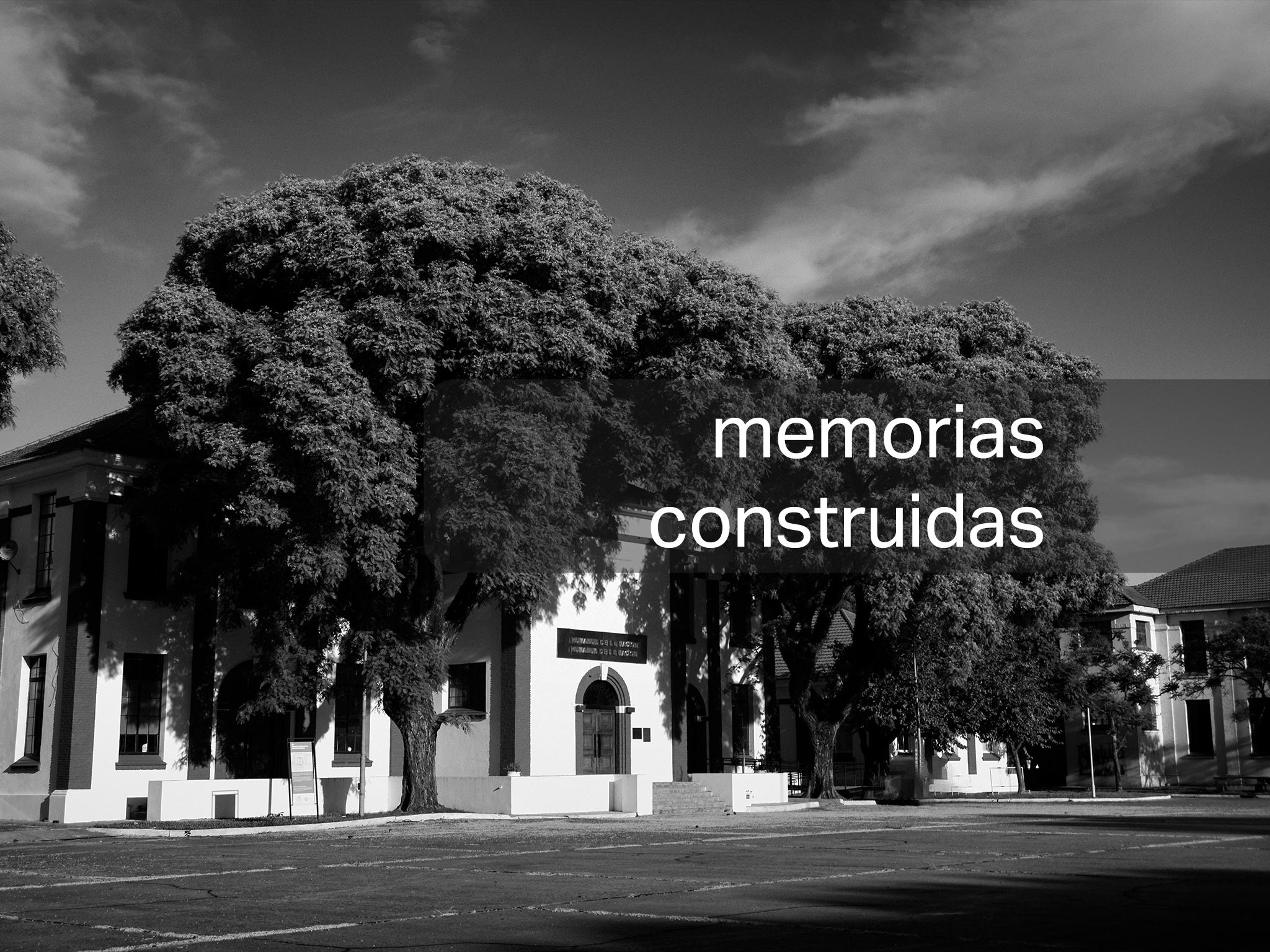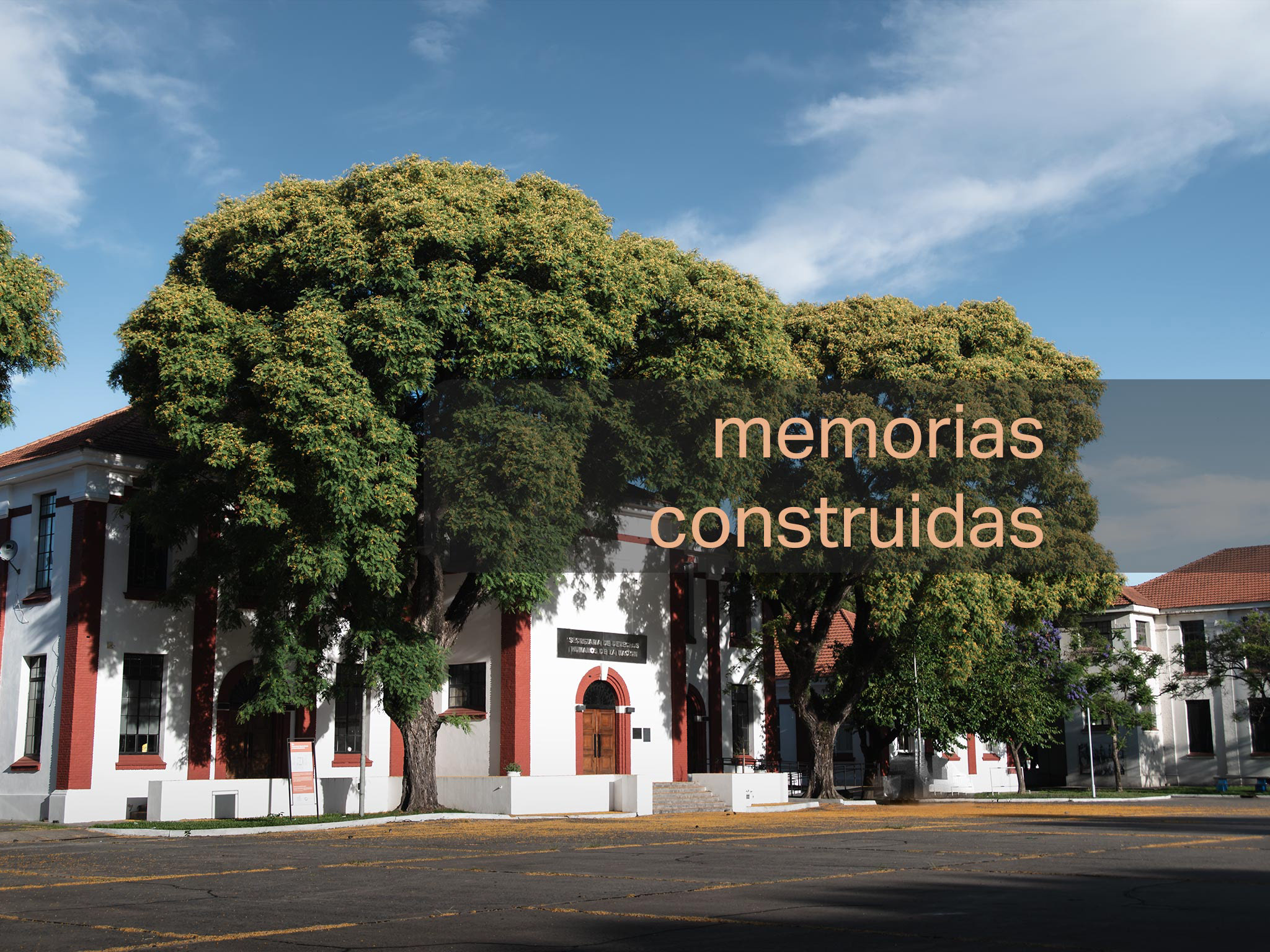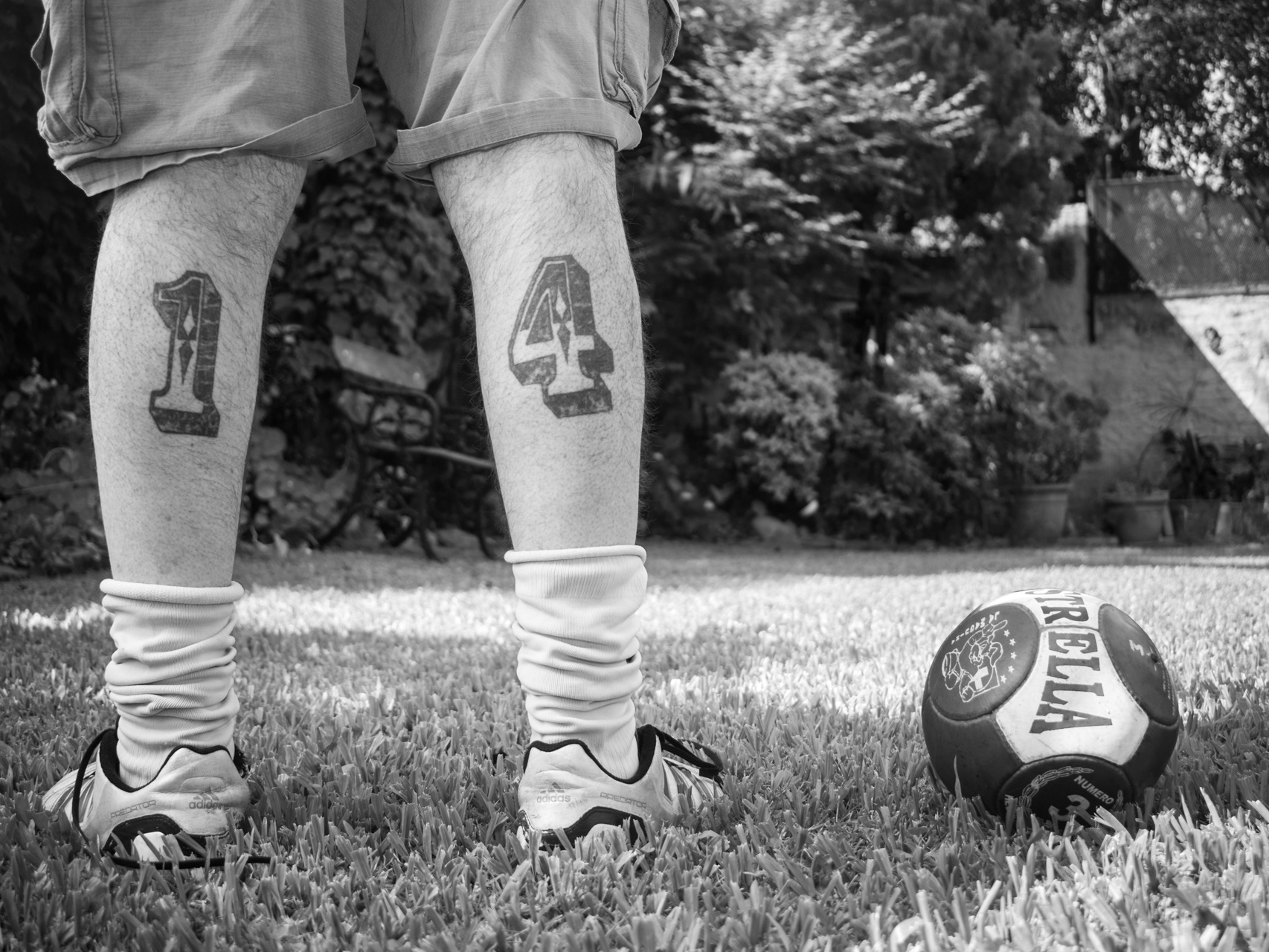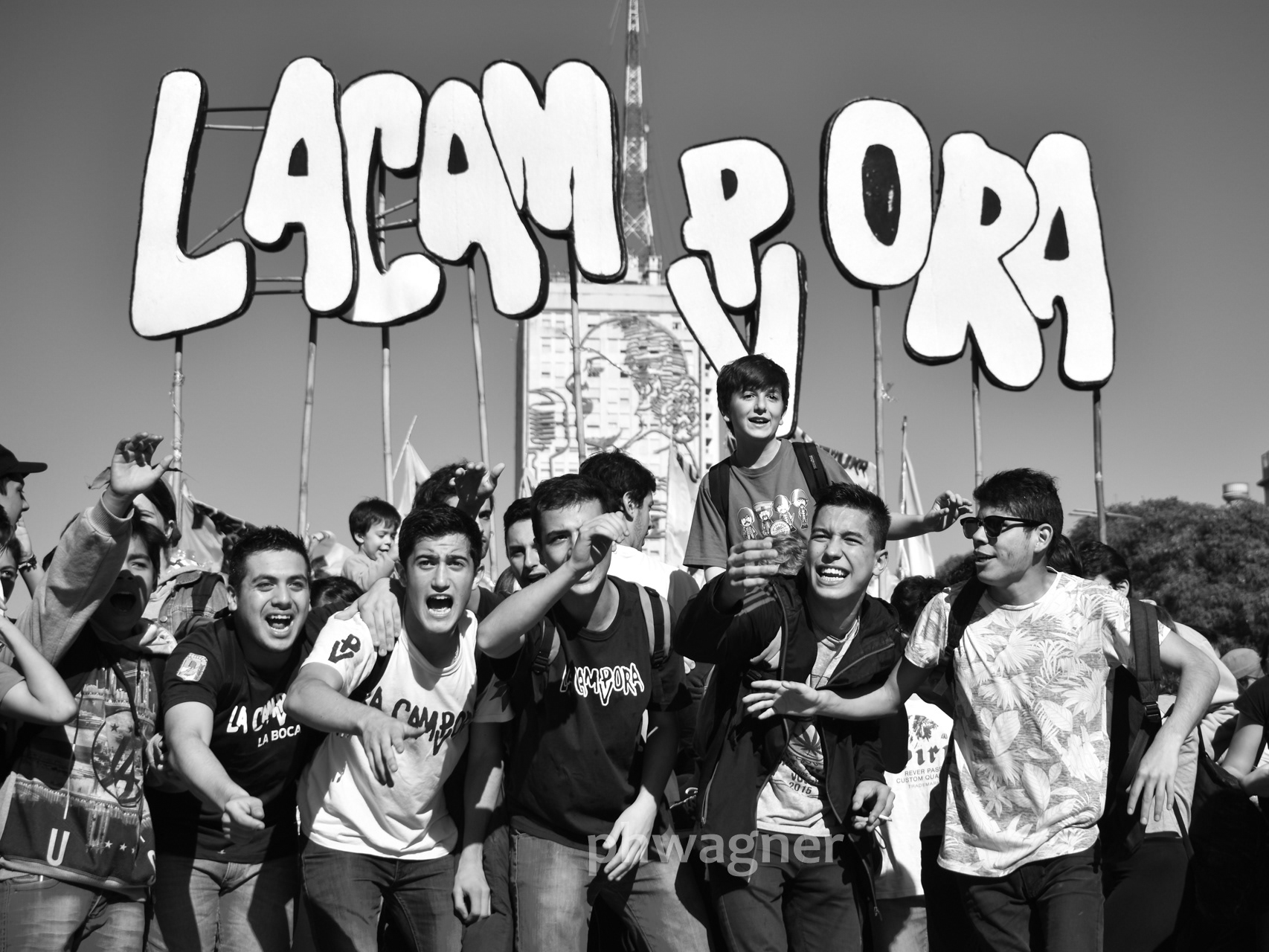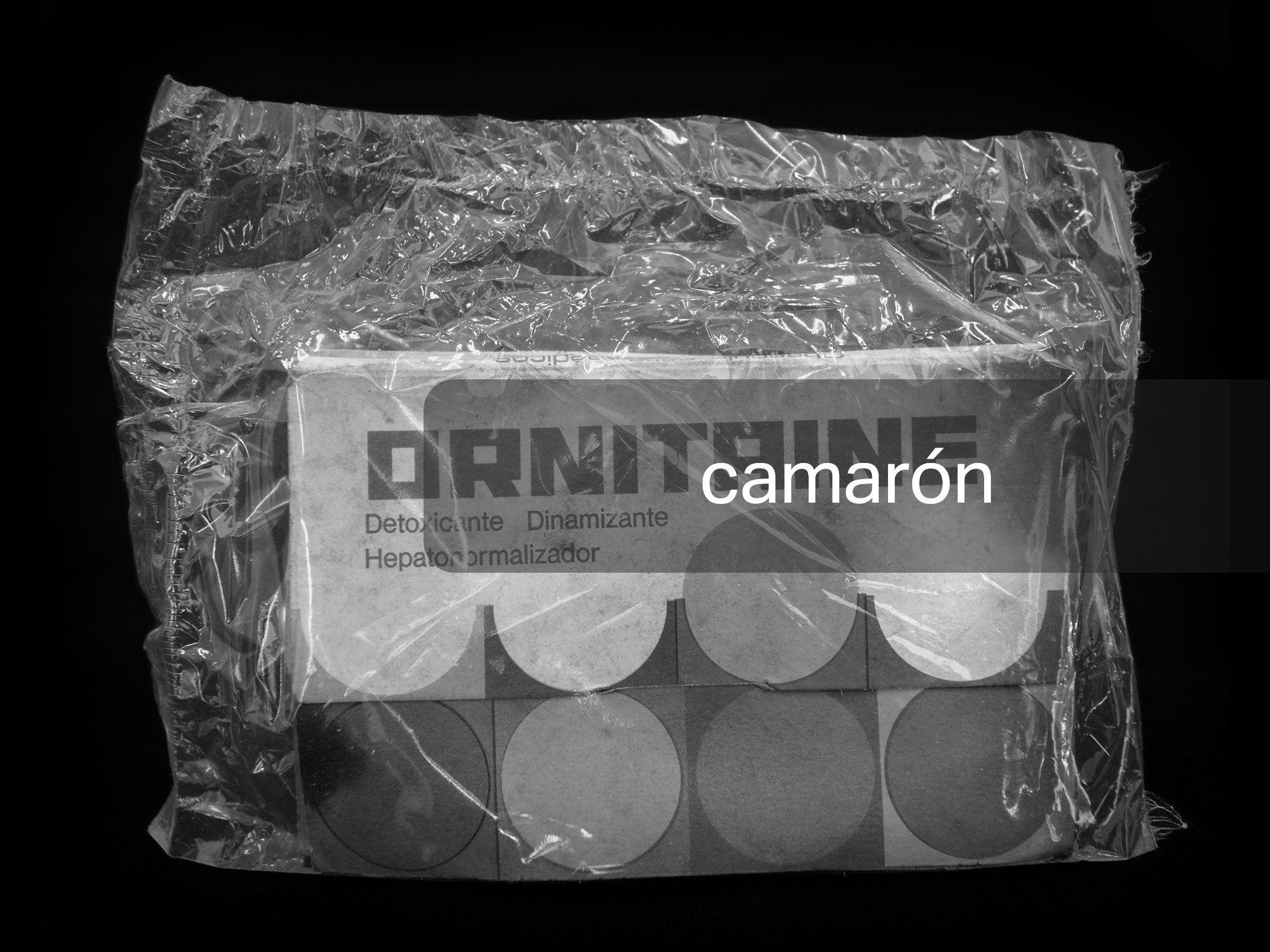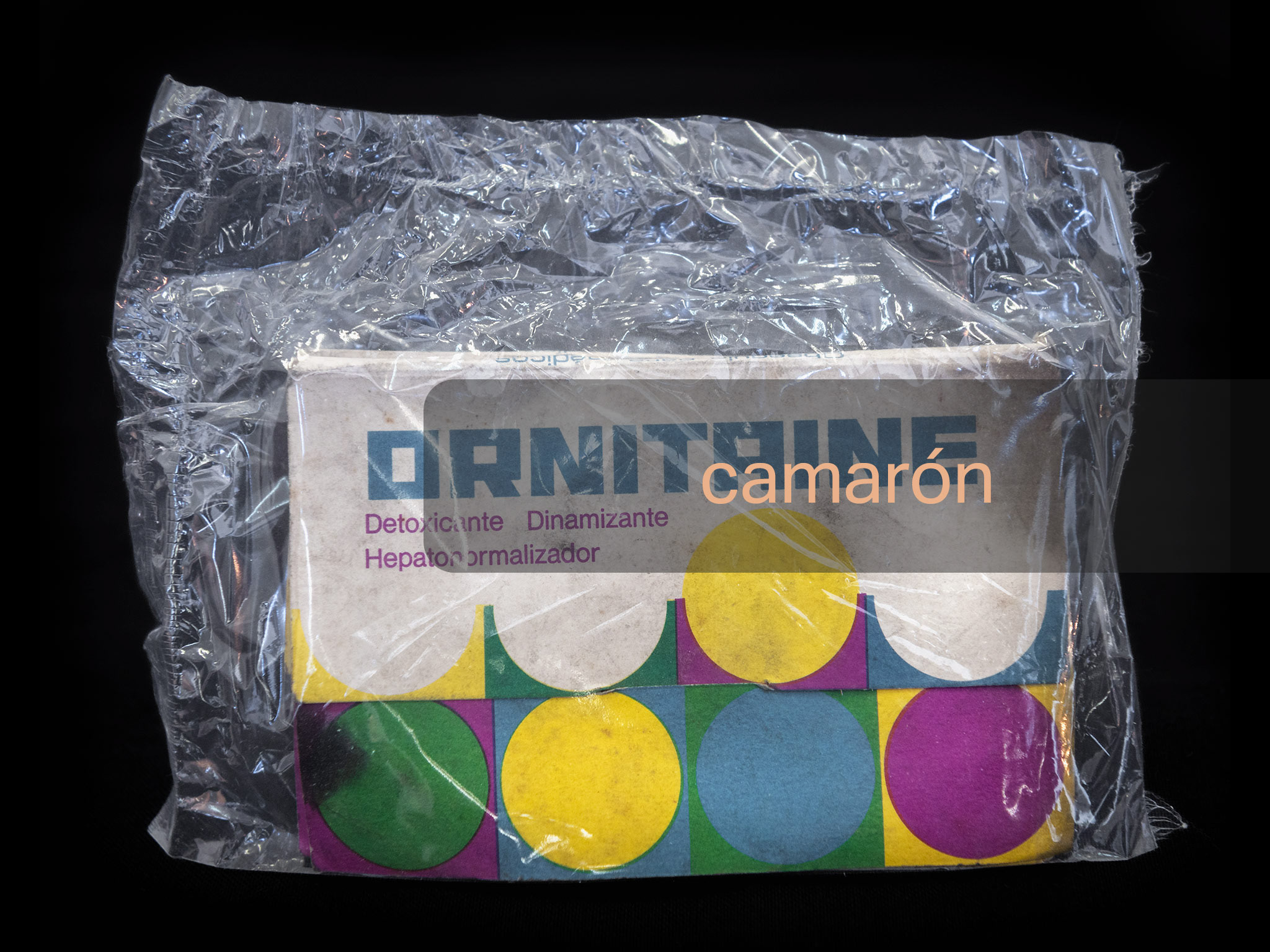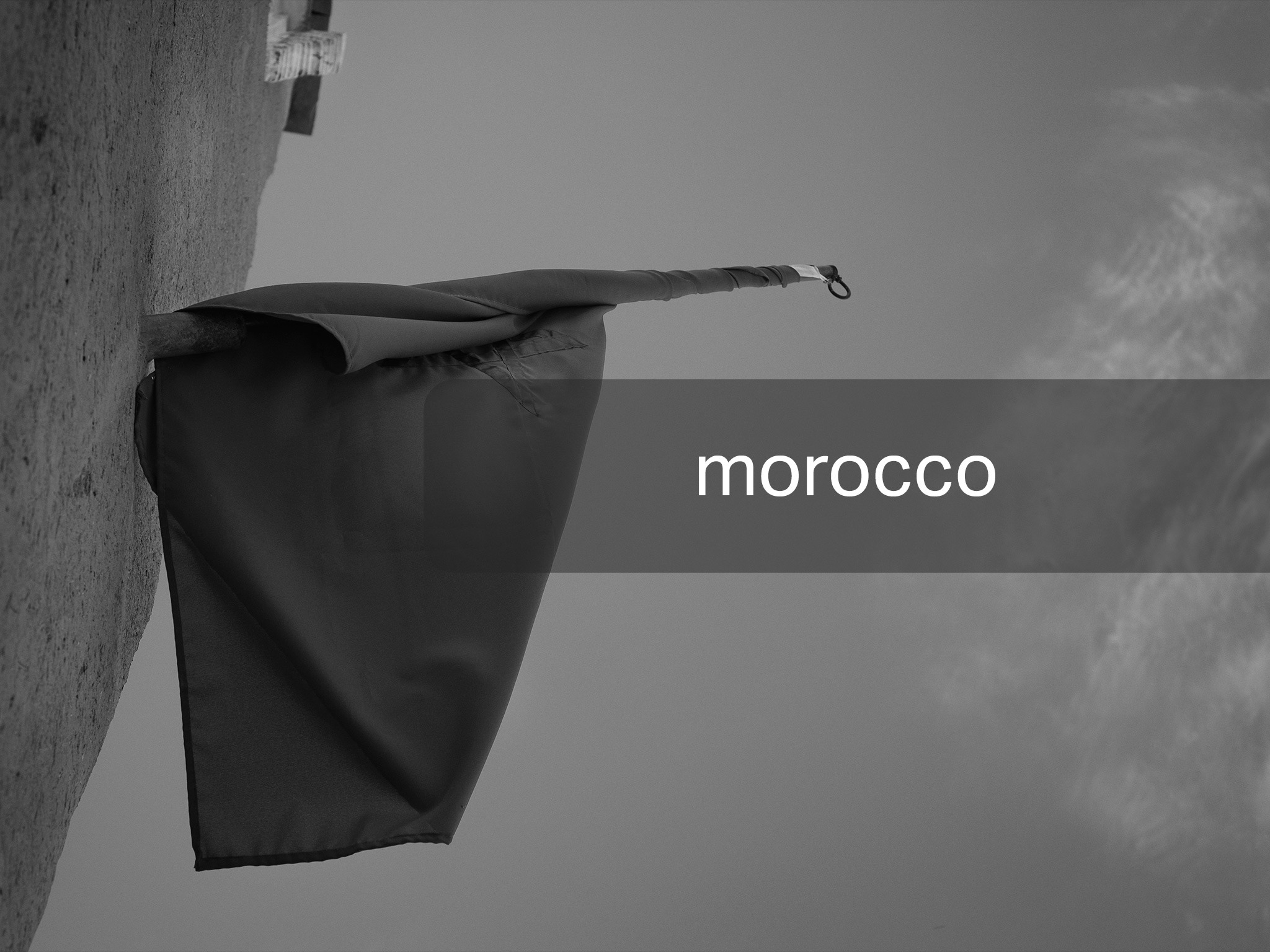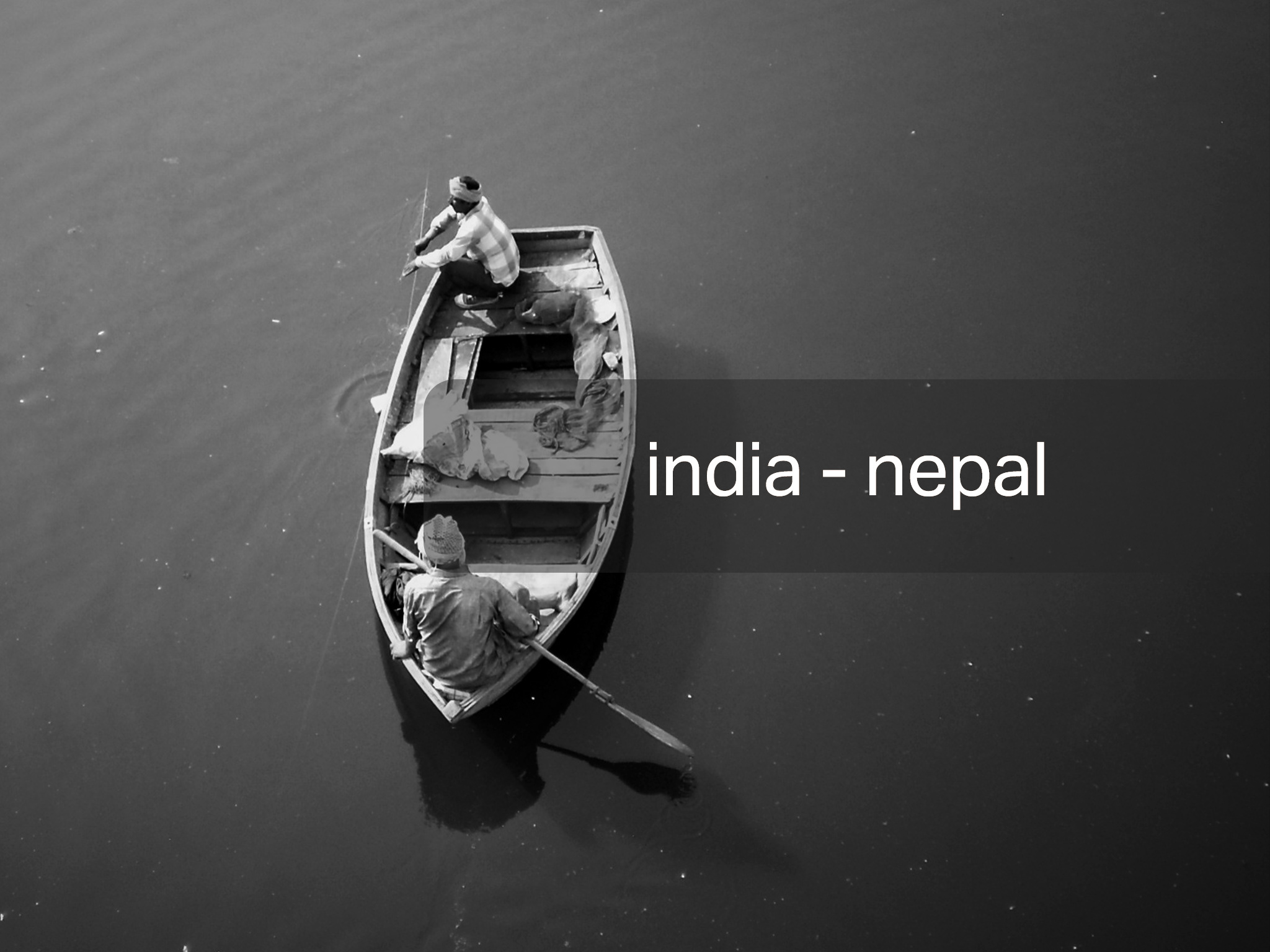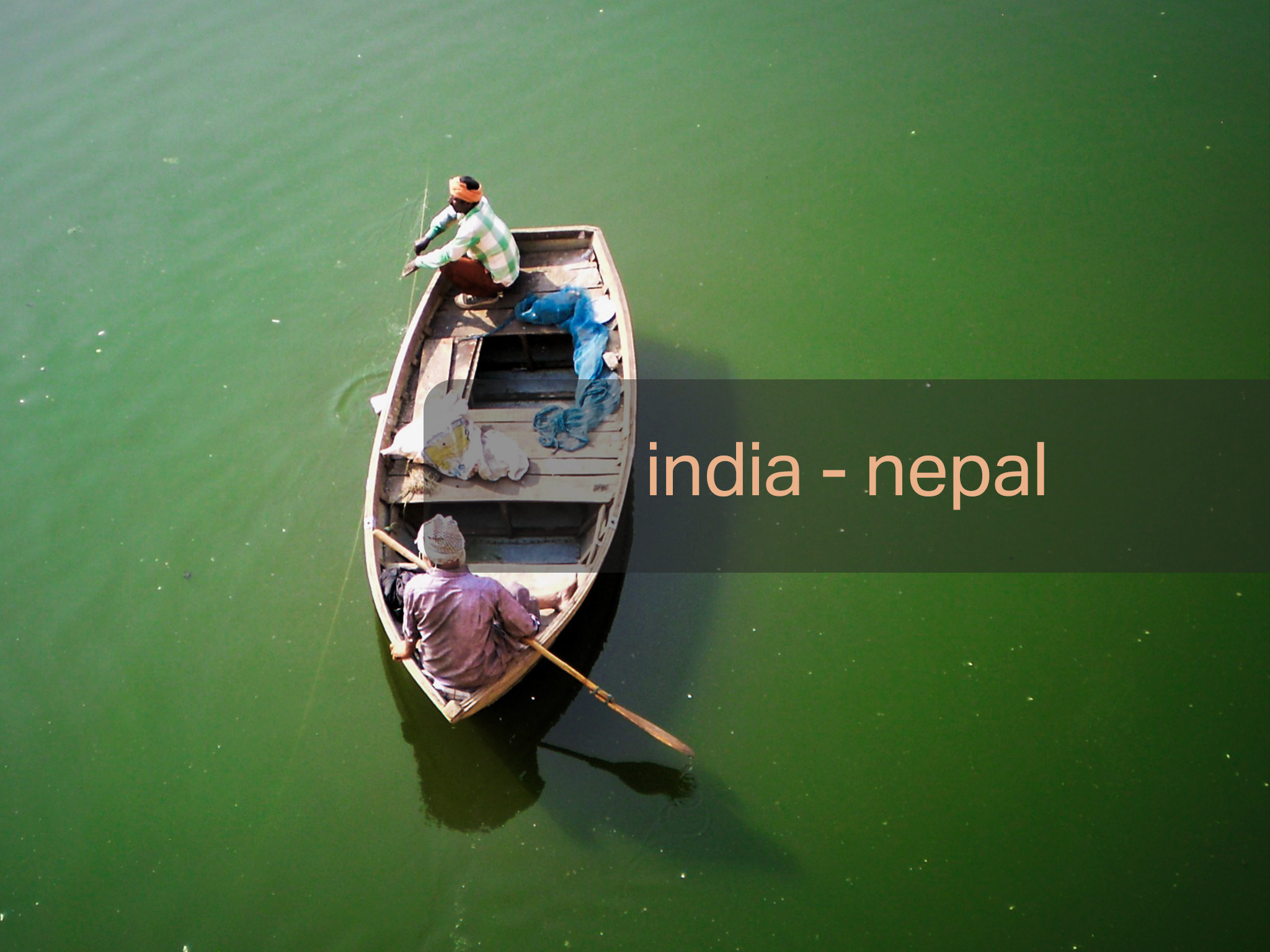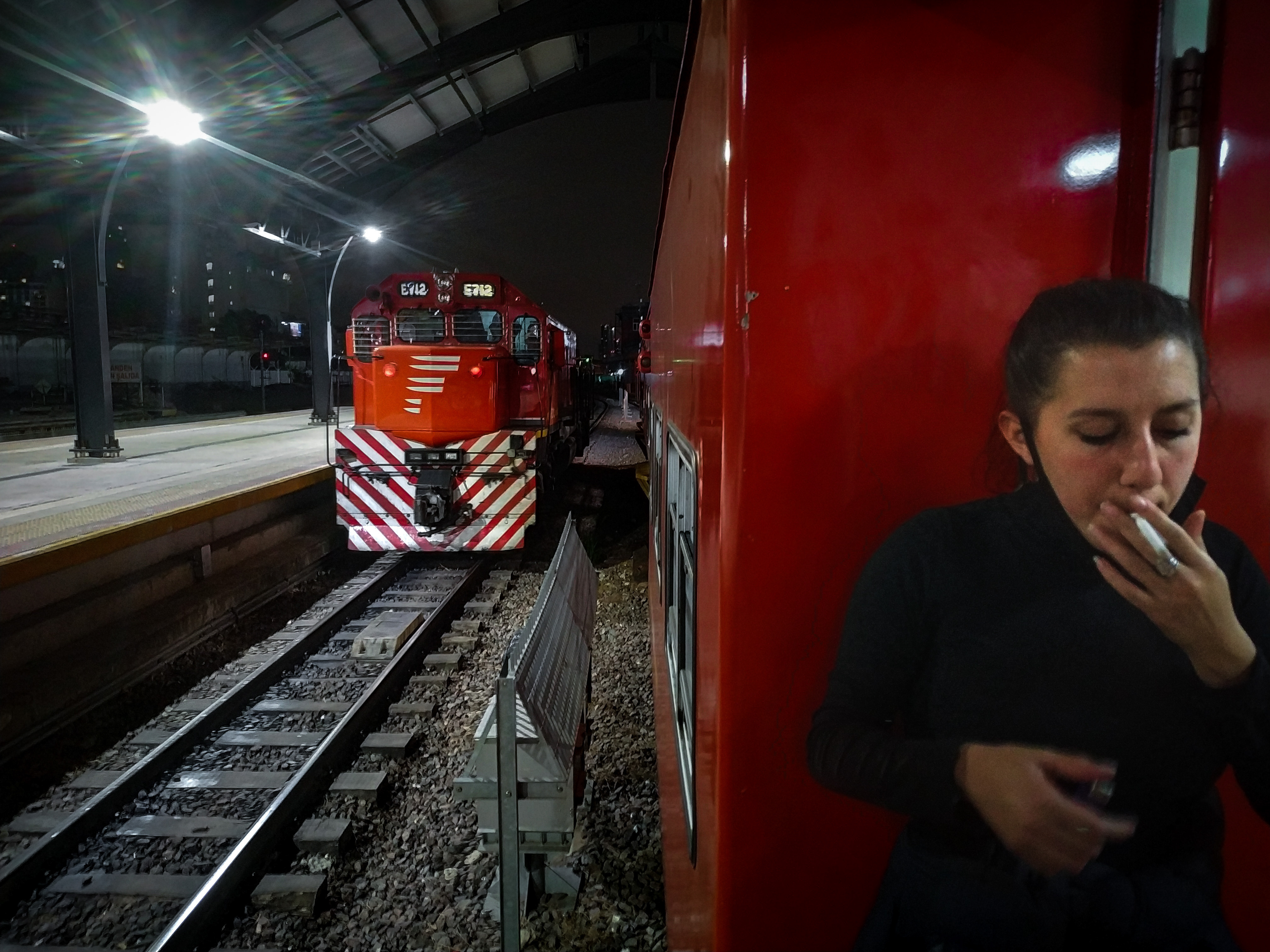The project addresses the historical problems of the Argentine river "Riachuelo", located on the southern bank of the Autonomous City of Buenos Aires. The Riachuelo is the most populated river basin in Argentina with more than 400,000 inhabitants on its banks, which crosses 6 municipalities. This population density, the overcrowded conditions, the salubrious conditions of its waters, and the political disputes between the different actors of the civil society and the State date back to the period before the consolidation of the Argentine State.
From the first years of colonization (settlement) in the port of Buenos Aires, this river was crossed by the productive dynamics of the time. Leather production and agricultural and livestock exploitation laid the foundations for one of the first socio-environmental tragedies. The tanneries and slaughterhouses dumped their waste into the Riachuelo, which then flowed out to the open sea through the Río de la Plata. At the same time, its banks began to be populated by the growth of the port and the new jobs that the increasing port and agricultural-livestock development brought. Overcrowding and precariousness were never an exception.
Through interviews and dialogues with different actors of the community and governmental authorities, as well as in-depth research on the territory (river navigations and territorial scouting), we intend to create dialogues between communities on the development of this socio-environmental conflict from a historical perspective, while focusing on its main actors: the conditions of overcrowding, the difficulties of access to water and water pollution. These same communities are the ones that organize themselves in the search for a dignified life.

